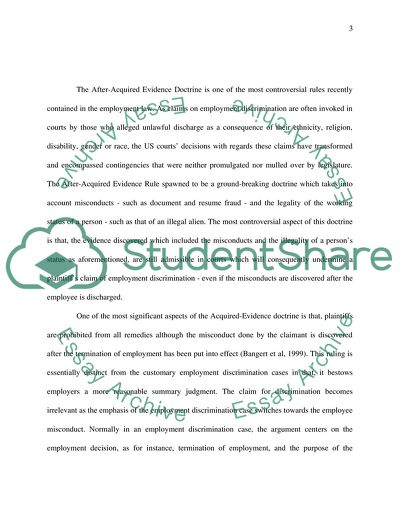Cite this document
(Resume Fraud, Illegal Aliens and the After-Acquired Evidence Research Paper, n.d.)
Resume Fraud, Illegal Aliens and the After-Acquired Evidence Research Paper. Retrieved from https://studentshare.org/law/1722386-after-acquired-evidence
Resume Fraud, Illegal Aliens and the After-Acquired Evidence Research Paper. Retrieved from https://studentshare.org/law/1722386-after-acquired-evidence
(Resume Fraud, Illegal Aliens and the After-Acquired Evidence Research Paper)
Resume Fraud, Illegal Aliens and the After-Acquired Evidence Research Paper. https://studentshare.org/law/1722386-after-acquired-evidence.
Resume Fraud, Illegal Aliens and the After-Acquired Evidence Research Paper. https://studentshare.org/law/1722386-after-acquired-evidence.
“Resume Fraud, Illegal Aliens and the After-Acquired Evidence Research Paper”, n.d. https://studentshare.org/law/1722386-after-acquired-evidence.


